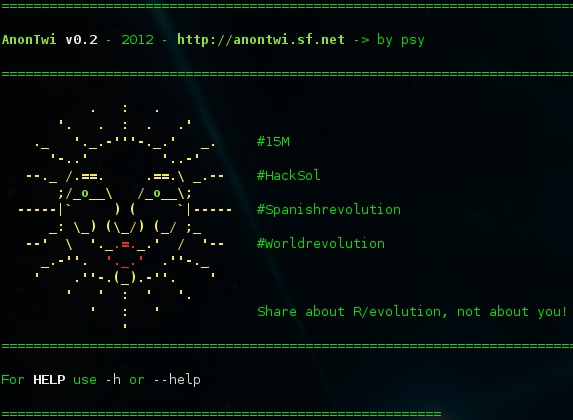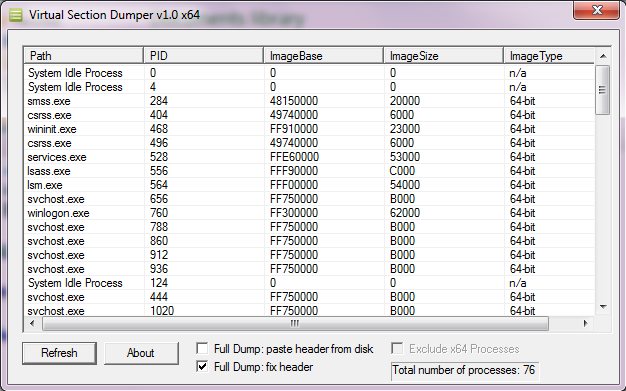Features
Bugtraq system offers the most comprehensive distribution, optimal, and stable with automated services manager in real time. This distribution based on the 3.2 and 3.4 kernel PAE has a huge range of penetration, forensic and laboratory tools. Bugtraq is available with XFCE, Gnome and KDE based on Ubuntu, Debian and OpenSuse. The systems are available in 11 different languages.
Tools
One of the novelties of bugtraq is its wide range of tools in different branches. We can find mobile forensic tools, malware testing laboratories, tools of the Bugtraq-Community, audit tools for GSM, wireless, bluetooth and RFID, integrated Windows tools, tools focused on ipv6, and typical pentesting and forensics tools that should not miss in Bugtraq-II.
Install
You can install our distribution from a Live DVD or USB drive. Depending on your desktop environment, the features vary. The minimum requirements are based on XFCE.
- 1GHz x86 processor & 512 MB of system memory
- 15 GB of disk space for installation
Download Bugtraq-II Beta 32 bits
System requirements
- 1GHz x86 processor
- 512 MB of system memory (RAM)
- 15 GB of disk space for installation
- Graphics card capable of 800x600 resolution
- DVD-ROM drive or USB port
Download Bugtraq 2 Black Widow Xubuntu available in 11 languages
MD5: 94e997802dd9286da7acb6faba4b7f34






























































